Hybrid biomass flow battery stores electricity and produces valuable chemicals at the same time
Green Car Congress
JUNE 27, 2023
Rechargeable batteries store electricity in their electrode materials, while redox flow batteries use chemicals stored in tanks attached to the electrodes. Researchers have now developed a battery system based on a hybrid cell, which not only stores and provides electricity but also produces valuable chemicals in a flow system.

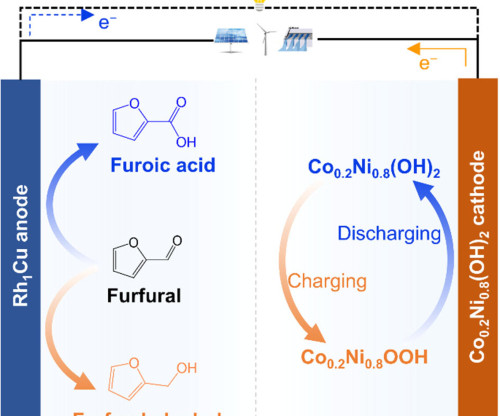



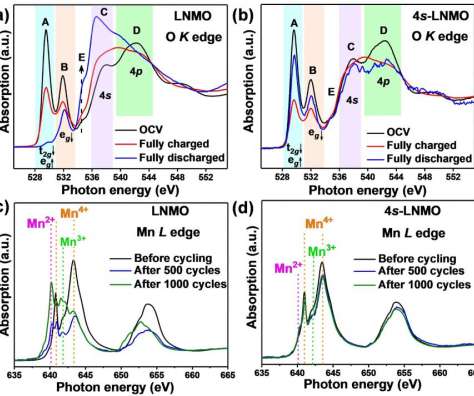

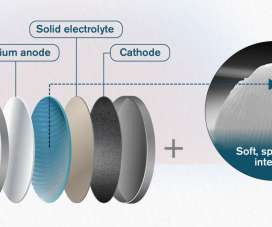
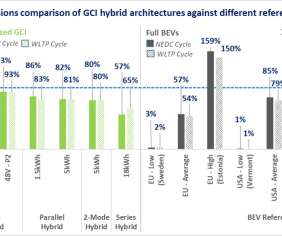









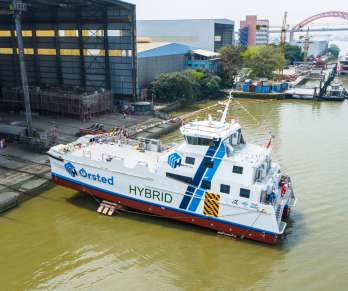

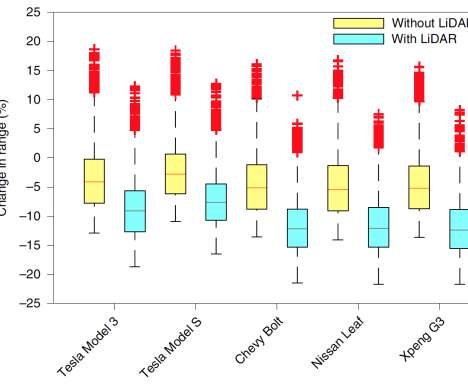


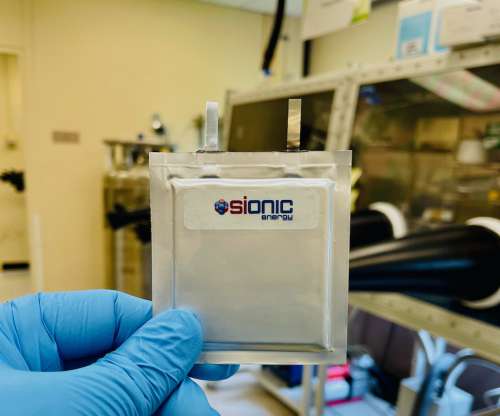



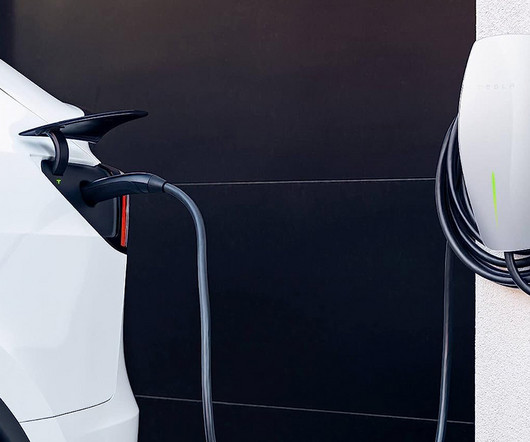
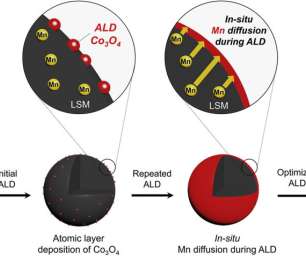

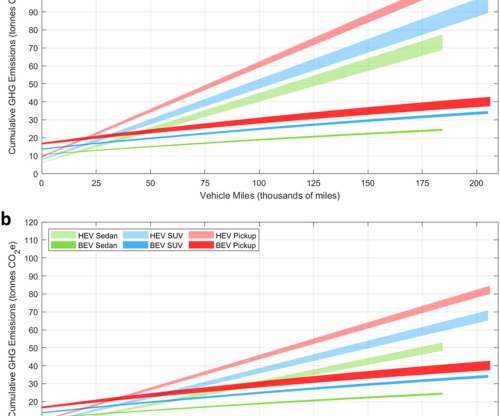

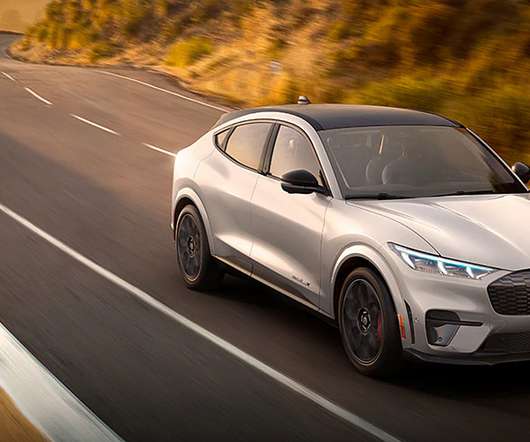













Let's personalize your content